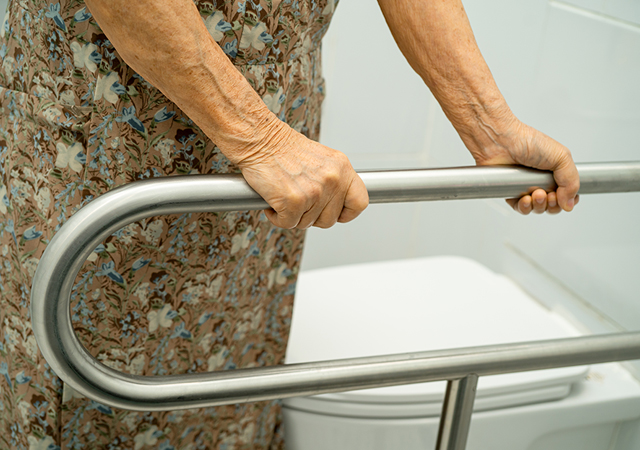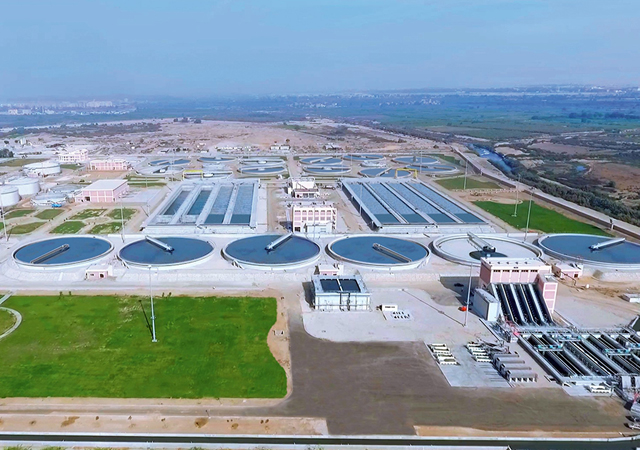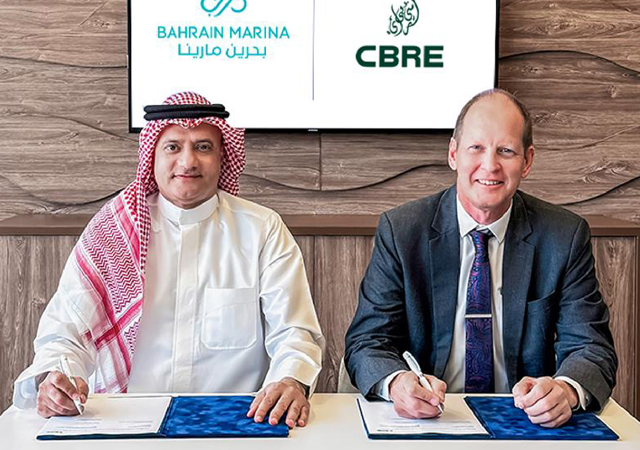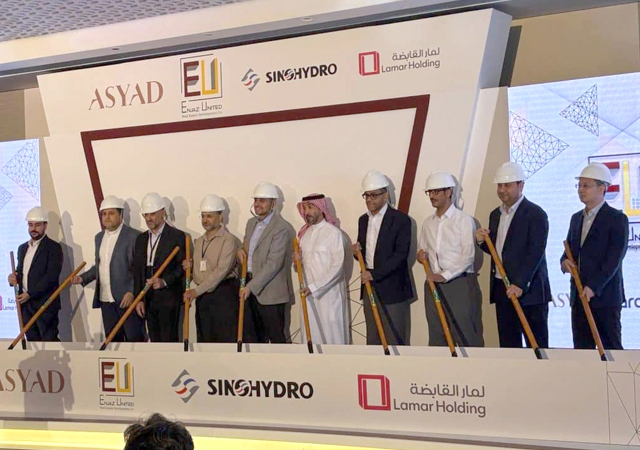
Tile can be tricky to install ... and even trickier to maintain.
A number of problems can arise after grouting due to factors such as the erosion and/or rapid hydration of Portland cement-based grout joints, excessive water used in the mixing of the grouts, the selection of a grout which is not suitable for a specific installation and the depth of the grout joint.
Portland cement-based grout joints can erode for a number of reasons, ranging from improper hydration of the grout due to environmental or site conditions to over-washing the grout or using too much gauging liquids with the grout;
Some job site conditions can contribute to the problem of rapid hydration of Portland cement-based grouts. These include a hot and or dry environment; very absorptive tile and heating, ventilation and air-conditioning systems (HVAC) systems being in close proximity to the installation, causing it to dry out too quickly through the movement of air across it. All of these conditions can result in rapid loss of moisture which in turn can result in powdering, cracking or eroded joints.
Some of the problems occur because there is too much water either in the mixing or in the clean-up process. Excess water in the grout is not necessary for hydration and will evaporate, leaving voids - which causes the grout to shrink these areas. Excess water also dilutes the strength of the Portland cement, resulting in weaker finish grout joint.
In more cases than we want to admit, the grout selected for a specific installation is inappropriate. This can lead to problems as well, for example, if a non-sanded grout is selected. Non-sanded grouts are typically designed to be used in grout joints up to an 1/8-inch (3 mm) in width, otherwise they are susceptible to shrinking, causing them to become loose and either erode or flake out of the joint.
If the grout joint varies in depth, it can cause problems with colour and strength. One characteristic of Portland cement-based grout is that the slower it dries, the darker it becomes. Hence, the larger the mass (or the deeper the grout joint) the slower it dries. Therefore, an inconsistent depth of the grout joint can result in shade variations.
Efflorescence
The word “efflorescence” is used frequently when describing problems with stone tile setting beds and grout. This occurs when soluble salts from the Portland cement-based setting bed, grouting material or the substrate are brought to the surface of the grout joints via capillary action when moisture is present. Excessive water in the grout mixing and clean-up can also contribute to this problem, resulting in the tile surfacing looking chalky and very unattractive. An excellent way to minimise efflorescence is to use a high-quality latex admixture for the setting and grouting system, which helps eliminate excess water.
Grout removal
Another aspect that must be looked at is how to remove grout which has become deteriorated – because such grout simply must be removed.
All loose or deteriorated grout must be removed and cleaned, taking care not to damage the tiles. A good rule of thumb is to remove at least half the depth of the grout joint down to sound and stable material to ensure that the new grout will have enough space in the existing joint to achieve its maximum strength. Also, make sure that the grout is removed at an even depth.
Some of the methods to remove existing grout range from hand-held grout “raking” removal tools to dustless, diamond blade electric circular saw and even, the utilisation of high-pressure water jet systems.
Next, be sure to wash the grout joints to remove any dust or debris and allow to dry.
Regrouting
Portland cement-based re-grouting procedures entail the use of a liquid latex instead of water to mix the grout in order to achieve the best results. This will produce a durable and longer-lasting grout. Some of the benefits of using a liquid latex admixture area as follows:
• Reduces the potential for weak, powdery joints;
• Provides a more water and frost -resistant grout joint – this prevents damage to grouts from weathering, frost and thermal shock and reduces staining.
• Reduces absorption;
• Improves flexibility and durability, making the grout more shock-resistant.
A high-quality grout sealer is also suggested for optimum performance.
Proper installation techniques - which include following the manufacturer’s recommendations for mix ratios and cleanup procedures – must be used.
Cross-linked technology grout and epoxy grout generally provide superior performance to Portland cement-based grout. Some of the advantages of these grouts are as follows:
• Contain no Portland cement which can lead to efflorescence or mottling and other problems associated with Portland cement-based grouts;
• Are very dense and have an extremely low porosity rate, which makes them extremely resistant to staining;
• Provide a uniform colour;
• Are chemical-resistant – epoxy grouts resist many acids, alkalis and corrosives;
• Are durable – will not crack or peel;
• Easy to maintain – their smooth texture makes them easier to clean; and
• Never require a grout sealer.
Generally, the grout is as dense and durable as the stone itself.
Installation
There is an expression that exists within the tile installation community, (as a former installation contractor, I know it well!) – “You’re only as good as your last project”. Proper installation practices at your next project will minimise ensuing grout problems. But in the event that they do surface, you should rest assured that excellent procedures to remedy these negative situations do indeed exist.






.jpg)









.jpg)




































.jpg)
























